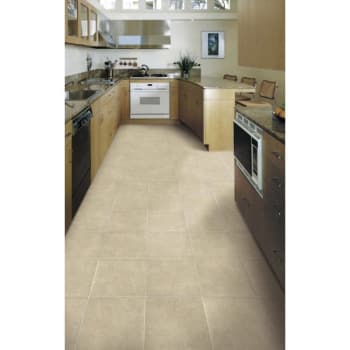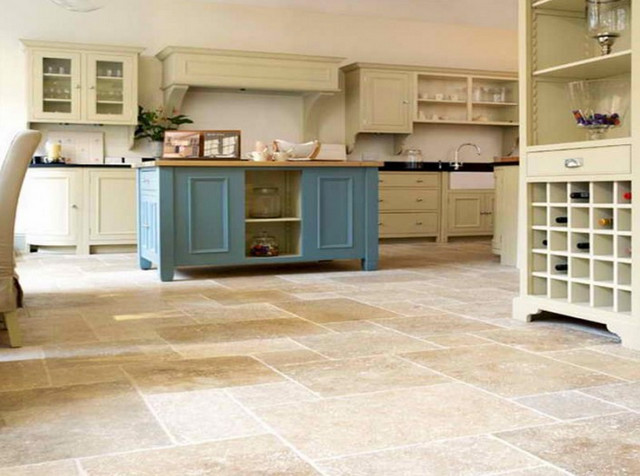They are making several great observations regarding How do you maintain vinyl flooring? as a whole in the content down the page.

Bamboo flooring is famous for lots of house owners because of its benefits. It is sturdy and available in different shades, from light blond to abundant espresso. It can be subject to discoloring to match any kind of décor. Thus it has come to be the significant choiced floor for business and also homeowners whenever there is demand for sustainability.
Nevertheless, bamboo similar to wood, is vulnerable to damages and breaking when humidity levels vary.
Are you thinking regarding bamboo flooring for your house? We will certainly additionally discuss the various kinds of bamboo flooring readily available on the market.
Kinds Of Bamboo Flooring
There are 3 fundamental choices: strand-woven, upright, and also horizontal. Home owners can choose which type of bamboo flooring to purchase based on their attributes. The customer's designated aesthetic effects the selected Bamboo flooring type.
Solid - Vertical Bamboo Flooring
Thin strips of dry bamboo wood glued vertically and also pushed utilizing high warm and pressure develop this type of bamboo flooring.
The thinnest side of the bamboo planks will certainly remain in an upright type. A firm bonding, pressing, and also lamination will certainly comply with. Because of their method of signing up with, the bamboo strips include a slim grain pattern.
The good idea regarding this type of bamboo flooring is that it is durable and really cost effective. It gives a stylish as well as sophisticated floor coating. It is not extensively readily available.
Solid - Horizontal Bamboo Flooring
You will certainly observe that this kind is practically the same as upright bamboo flooring. It has a minor variation. Horizontal bamboo is one of one of the most popular kinds of bamboo flooring.
It is made by drying big strips of bamboo, cutting these bigger pieces right into thinner strips, and afterwards gluing them to create planks. The boards will certainly after that be subject to pressure and also warm to guarantee they are well secured.
Natural bamboo has a lighter shade. Therefore, the strips are often tarnished. While carbonized bamboo will be much less hard than normal bamboo, if you require a darker color, it may do you excellent. It also provides the all-natural bamboo looks and a range of alternatives.
Strand Woven Bamboo Flooring
Shredding the bamboo to draw out the fibers is just one of the extra luring steps in generating strand-woven bamboo floorings.
The bamboo fiber is usually combined with a glue after it's made to a pulp. The product is after that weaved and also pressed together under wonderful warmth, as the name suggests.
After making upright and straight bamboo, the strips serve to develop hair woven bamboo. The eco-conscious buyer might find this function appealing. The factor is that it makes certain that the whole bamboo stalk creates extremely little waste.
Engineered Bamboo Flooring
Both strong and crafted bamboo flooring choices are available. Once the bamboo timber fits, it isn't simple to distinguish between them.
However their differences are because of their production. Engineered bamboo wood has a thin plywood backing.
But, whether crafted or strong, bamboo flooring is sturdy, durable, as well as eye-catching.
Engineered bamboo flooring utilizes the floating wood floor over a thin foam base. They might also be in the kind of vast slabs. They are readily available in sizes up to 19 cm.
When Choosing Bamboo Flooring, functions As Well As What to Keep in Mind
With a multi-layered covering, bamboo flooring will certainly be rather resilient. Maintain in mind that future touch-ups may require a much more skilled flooring expert.
Also, using your surface will make matching repair work less complicated once established in your home. However the coating will not last as long as factory coatings.
In addition to that, here are some interesting attributes of bamboo flooring.
Resilient
Bamboo flooring is not produced equal. There are many sorts of bamboo, and also the different techniques used to turn it into slabs influence its longevity.
Because of this, bamboo, like hardwood flooring, can end up being prone to damage in time. Additionally, scratching, breaking, and various other damage might happen. You can likewise sand some bamboo to appear like wood, but not all.
Cheap Maintenance
You can keep bamboo flooring in good condition by cleansing and also damp wiping. Despite being a lot more vulnerable to scrapes, bamboo flooring is really easy to keep.
You may obtain bamboo floorings that are like new by sanding them down and using a fresh layer of paint.
Eco-Conscious
This flooring originates from a natural plant called the bamboo plant. When contrasted to other tree species used to make hardwood flooring, bamboo expands more as well as faster.
Profits
It's straightforward to understand why bamboo flooring has ended up being more favored nowadays. For practically any kind of house, bamboo supplies several solid and also sound solutions for the atmosphere. Bamboo floor could be the best option for updating your flooring.
We will likewise review the different kinds of bamboo flooring readily available on the market. House owners can choose which kind of bamboo flooring to acquire based on their qualities. Straight bamboo is one of the most prominent kinds of bamboo flooring.
While carbonized bamboo will certainly be much less hard than regular bamboo, if you require a darker color, it may do you great. After making vertical as well as horizontal bamboo, the strips serve to create hair woven bamboo.
Bamboo Flooring
Manufacture of Bamboo Flooring
Stranded bamboo is made by shredding the bamboo stalks into small strands, which are compressed into sheets using heat and resin binders, then cut into planks to use as building materials. This form of flooring is available both as tongue-and-groove planks that are nailed down, as well as planks that float over the underlayment. This is a premium form of bamboo flooring, available in many colors.
Horizontal bamboo flooring is manufactured by cutting the strands into thin strips which are then glued together to form planks. This type of flooring has a "grain," since the long stalk fibers are visible in the flooring. This type of bamboo is not as hard or durable as stranded bamboo, but it can have a very striking appearance. It, too, is available both in nail-down planks and as floating floor planks.
Engineered bamboo flooring is made by bonding a thin layer of bamboo onto a plywood or MDF core. This flooring is comparable to engineered hardwood and is installed in the same way—usually with click-lock planks that float over a foam underlayment. It is the least expensive (and least durable) form of bamboo flooring, and it cannot be refinished.
Unless it is stained, most bamboo flooring has a natural blonde or amber color that resembles unfinished maple or birch, but darker tones are available through a process called carbonizing, which entails subjecting the planks to high temperatures. While the color can be very attractive, carbonized bamboo is softer than uncarbonized forms, and is more susceptible to scratching.
Eco-Friendliness
Environmentally conscious consumers are often drawn to bamboo as a wholly renewable resource. Unlike the hardwood lumber industry, where trees can take decades to mature, bamboo stalks grow so fast that there is little environmental liability to the harvest practices. Moreover, bamboo stalks that are cut simply continue to grow and replenish themselves so that they can be harvested.
But the manufacturing process creates other environmental concerns. Bamboo floor planks are manufactured by slicing or shredding the stalks of bamboo grass plants and then compressing the pulp back together using heat, pressure, and a resin-based adhesive identical to those used in many other flooring products. This adhesive often contains urea-formaldehyde that can outgas into the air.1
The level of adhesive used and the amount of toxins emitted will vary, depending on how the bamboo planks are manufactured. Cheaper products may contain more formaldehyde, while more expensive products may use alternative materials in the resins. The amount of formaldehyde used in bamboo flooring is similar to that found in engineered hardwood flooring or MDF sheathing, and it tends to be a problem only for sensitive individuals.2 But if this concerns you, look for bamboo products labeled as formaldehyde-free.
Bamboo Flooring Cost
This material is priced at about the same level as most hardwood floors. You can find bamboo flooring products ranging from about $2 to $8 per square foot, with a national average of $3.84 per square foot. Installation costs for bamboo flooring are much the same as for hardwood flooring. On average, figure on adding about $4 per square foot for installation labor in addition to the cost of materials. You should be able to get a good-quality bamboo installed for less than $10 per square foot, including materials and labor.
https://www.thespruce.com/benefits-and-drawbacks-of-bamboo-floors-1314694

I am very enthusiastic about How to clean and maintain vinyl flooring and I am praying you liked the entire blog entry. Do you know another person who is excited by the topic? Why not promote it. I take joy in reading our article about How to Care for Vinyl Flooring?.